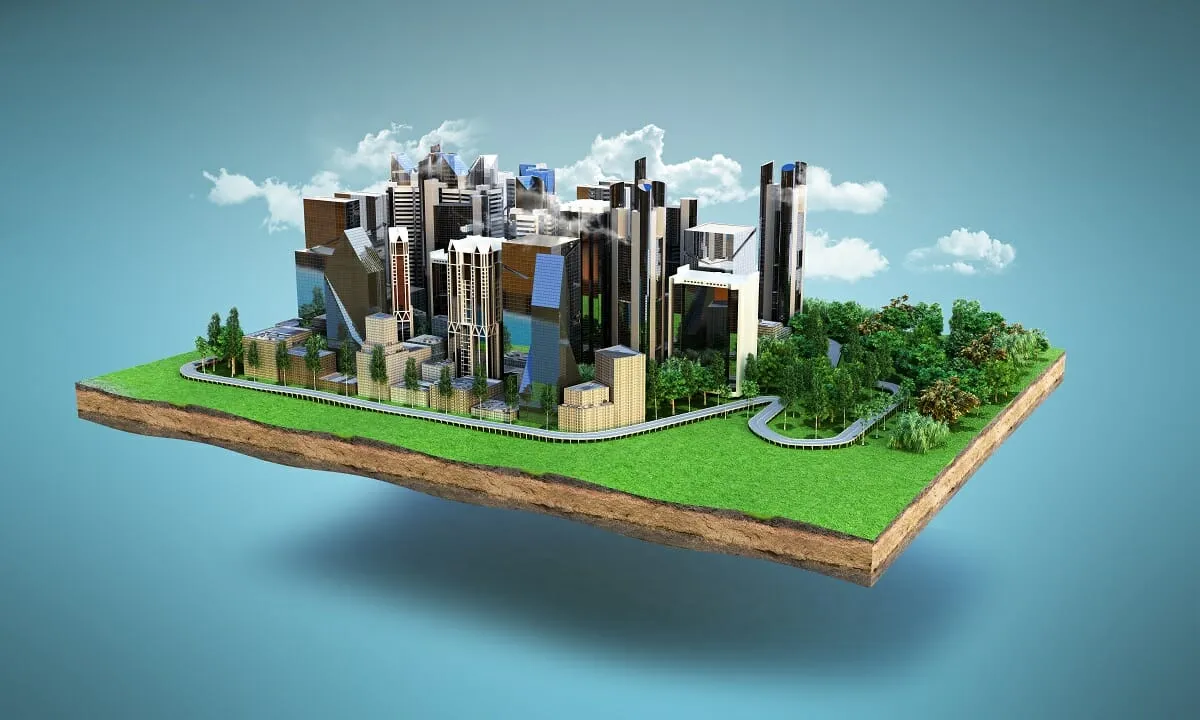
Sustainability has become a crucial topic in the building industry. As the demand for environmentally-friendly and energy-efficient buildings grows, builders are finding creative ways to reduce their impact on the planet. But achieving sustainability in building projects requires a holistic approach that considers the entire value chain and incorporates a range of sustainable practices to reduce the environmental impact of your projects. Therefore, in this blog, we outline a simple 4-point guide that builders can follow to put sustainability on their focal point.

1. Asses your eco-impact
The first step to achieving sustainability is to understand how your building processes impact the environment. This means considering the materials you use, the energy required for construction and operation, and the disposal of waste.
Additionally, it involves conducting an environmental impact assessment to identify any potential negative impacts and develop strategies to mitigate them. This assessment should consider factors such as energy use, water use, and waste generation. By understanding the environmental consequences of your work, you can make informed decisions that reduce your impact.
2. Inculcate sustainable practices throughout the value chain
Sustainability is not just about the building itself, but also about the entire value chain that goes into creating it. This means considering the sustainability of the materials you use, the practices of your suppliers, and the disposal of waste during construction.
Help your clients understand the benefits of sustainability and how they can make their homes and buildings more sustainable. Offer information and resources on topics such as energy-efficient appliances and sustainable building materials.
Additionally, you should work with suppliers and contractors who share your commitment to sustainability and implementing sustainable practices throughout the supply chain.
3. Enhance your energy efficiency measures
Energy efficiency is a key aspect of sustainability in buildings. By reducing the amount of energy required to operate a building, you can reduce its environmental impact and save money on operating costs. To increase energy efficiency, builders should conduct regular reviews of their buildings and look for ways to reduce energy consumption, such as using energy-efficient appliances and implementing renewable energy systems.
Another way to increase energy efficiency is through improving insulation and conducting regular energy audits to identify areas for improvement and ensure that your buildings are as energy efficient as possible.
4. Innovate measures for sustainable development
In addition to reducing the impact of individual buildings, builders can also strive for sustainable development methods. This means considering the long-term impact of a building on the surrounding environment and community. By incorporating sustainable design principles and considering the needs of the community, builders can create buildings that are both environmentally-friendly and socially responsible.
A great starting point could be setting sustainability goals and targets for your organization. This will help you measure your progress and identify areas where you can improve. Incorporating biophilic design and green roofs, or using innovative construction materials and techniques that reduce waste and minimize environmental impact can be the best way forward.
In addition, you can collaborate with local sustainability organizations and experts to share knowledge and resources. This can help you stay up-to-date on the latest sustainable building techniques and practices, and make your work more effective.
Contact our Salesforce experts to unlock the business opportunities that might already exist within your company with an accurate Salesforce implementation.
We are not done yet!
NavYaan will cover all the expenses of the Salesforce experts that would perform the business health check and suggest the right Salesforce implementation journey for you. Your Trust, Our Cost.